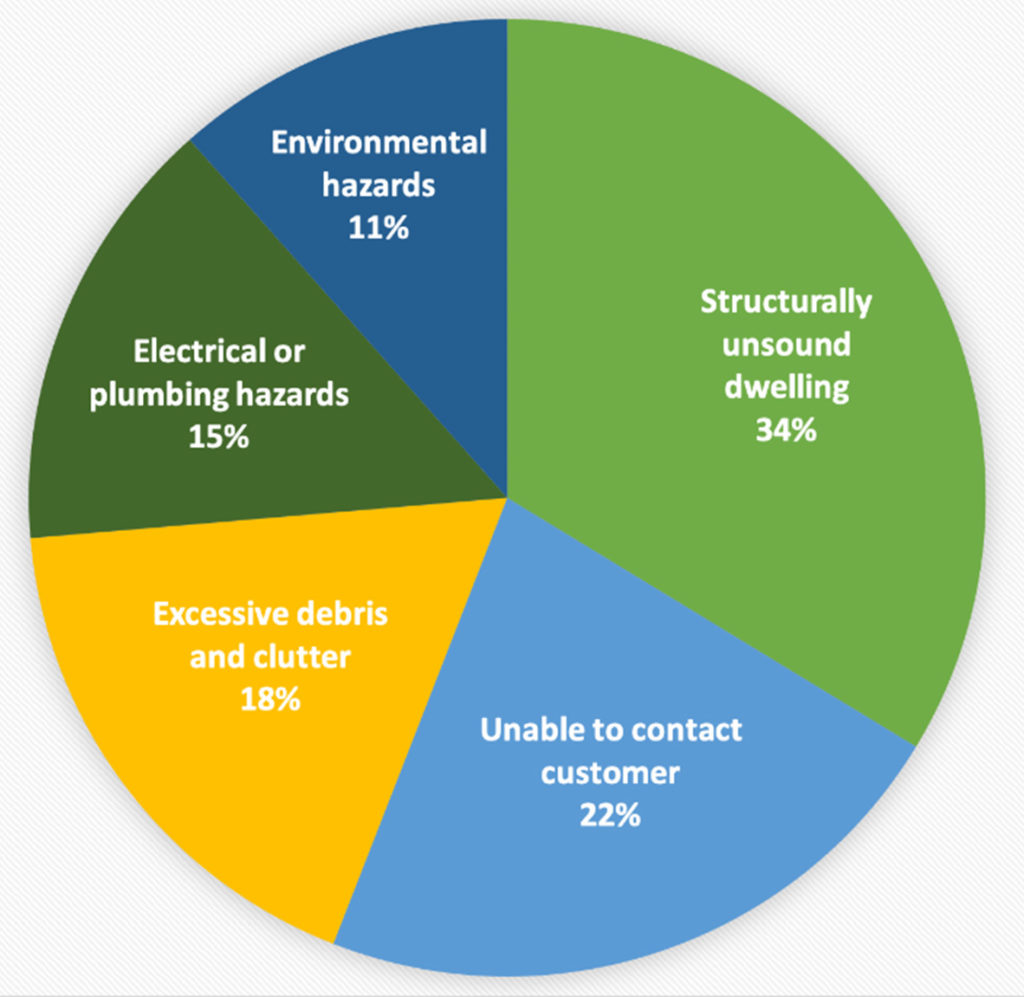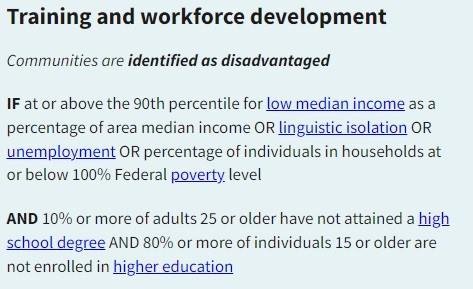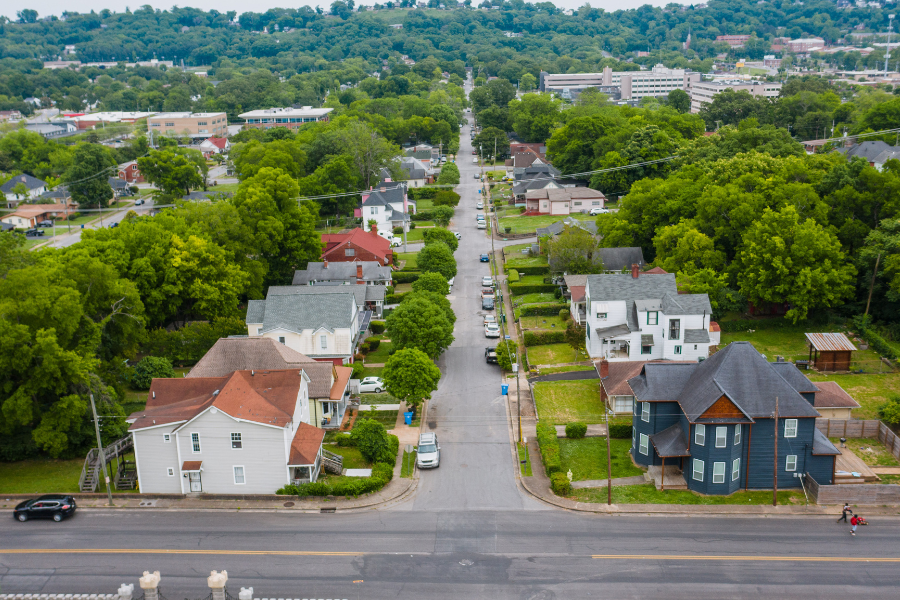Oct 20, 2022
IRA Passage Highlights the Need to Innovate Training, Industry Inclusivity
For the money from the IRA to make the most impact, our industry needs to rethink training and work on inclusivity.
By: Xavier Walter

Now that the Inflation Reduction Act (IRA) has been signed into law, $200 million is available to state energy offices for training and education to contractors involved in the installation of home energy efficiency and electrification improvements.
Yes, that’s historic and exciting. But for this money to make the most impact, our industry needs to rethink training and work on inclusivity. Here’s how.
Rethink Training
Trainers should rethink their models of education relative to building science credentials. Those that rely upon intense classroom training and curriculums from 2007 need to retool and refresh their businesses to accommodate the new reality of our job market. Building localized multimillion dollar training facilities in one place may work for a while, but what happens when that region doesn’t need certifications or technology changes?
This is especially important in areas where geography is an impediment to inclusion like most of rural America with little to no energy saving activities. A new training facility may not need to reinvent the wheel of credential training and workforce development practices already perfected down the street at the local technical school. Having students sitting on a zoom for eight hours a day for five days does NOT count as online training, nor do the vast majority of people even learn that way.
Technology today enables us to build out prolific automated learning management systems that can create content that is easily digestible, modular, accessible, and accountable. When the candidate shows up for field training or testing, they are more prepared, and have a higher propensity for success. The ability for a worker to advance their career at their pace, on their schedule has even been established by the US Military as an effective tool for advancement. While serving, a member of the Armed forces is required to fill out their Basic Military Requirements (BMRs) at their pace, and this classwork is prerequisite to promotion. It’s a book with quizzes at the end, and now probably available online. If we can better prepare our workforce coming in, let them earn while they learn, and give them a path to follow that is scalable and sustainable.

Teaching existing workers and employers that their business is an energy efficiency business is one of our greatest challenges. While public awareness amongst workers that their job impacts the heath and efficiency of a home is gaining, many are still in the dark about how their own trade has evolved with time and technology. There is a national crisis preventing homes from being weatherized, and that is the number of homes being deferred or declined weatherization services for a myriad of issues (see pie chart to the right). Utilizing existing trades and incorporating them into the whole-house process provides an opportunity for training across the construction industry.
The High-Efficiency Electric Home Rebate Program (HEEHR) in IRA is focused on upgrading electrical services, water heating, and appliances. Workers in these areas are not typically associated with traditional efficiency rebate or credentialing programs. Continuing education has not historically been a requirement in the trades, and many people forgo the opportunity to prove their competency through certification. This is a golden opportunity to connect those from outside of the industry and give them the opportunity to better assist their customer or grow their business. Helping workers understand that by taking care of that leaky roof, or fixing a dangerous wiring situation, they are improving the life of the occupant, and enabling weatherization that lowers their energy burden and reduces greenhouse gas emissions.
This mission focused perception embedded into new hires can dramatically improve recruitment and retention efforts. We can utilize the excitement around the whole-house approach to construction as a catalyst to assist in solving the labor crisis within the trades like HVAC, insulation, framing, electrical, plumbing, and more.
Inclusivity
In order to be successful in transforming the market, we need to ensure that everyone is included. This requires specific attention and focus be placed on people and communities that have been previously excluded. How can we connect demographic data to ensure our behaviors are equitable? Simply placing metrics around behaviors while reporting that information may not be enough. We must connect on the ground to build trust with the leaders and advocates working in those communities.

Knowing what communities are disadvantaged and where they are physically located can be a challenge. These areas can be commonly identified as disadvantaged using a screening tool so we can quantify the value of our impact in any specific space. Both HEEHR and Home Energy Performance-Based, Whole-House Rebates (HOMES) programs in IRA feature larger incentives for lower-income households, based on area median income levels. Both programs also offer contractor incentives for work performed in low-income areas.

Our collective industry is most commonly addressing climate, efficiency, and workforce development issues each with their own metrics for inclusion. Utilizing recognized methodology and data on climate and economic justice, we are better able to focus our efforts on those that need it the most.
The Path Ahead
It’s clear that the IRA can have a huge impact on making more homes safe, healthy, and efficient for the people who live in them, and training is a big factor in that. But in order to get there, we need structured trainings that meet the actual needs of the learner. We need fresh training programs that provide room for advancement. And we need to pay close attention to people and communities that have been excluded.






